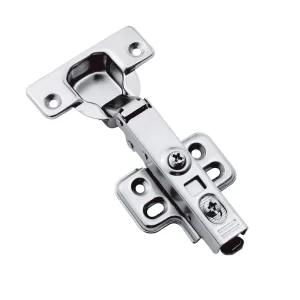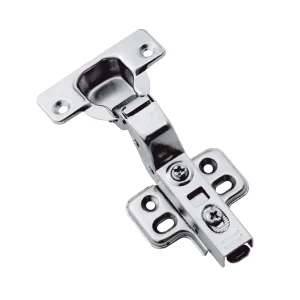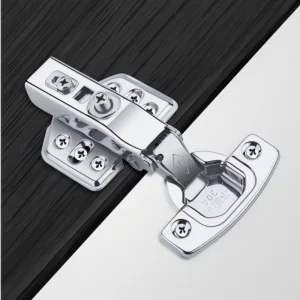Soft close hinges are some of the common accessories in modern furniture. They can ensure that the door panels close slowly and smoothly while closing. They find wide applications in furniture such as cabinets, wardrobes, and bathroom cabinets. If you want to install soft closing hinges for your cabinets, wardrobes, or other furniture in your home, the following is a detailed installation step guide.
Tools
- Screwdriver: Tighten screws
- Drill: Pre-drill holes
- Measuring tools: Ruler or tape measure
- Level: Ensure the door is installed flat
- Hammer: For tapping or adjusting the position
- Soft-close hinge assembly: Usually includes soft-close hinge, fixing screws
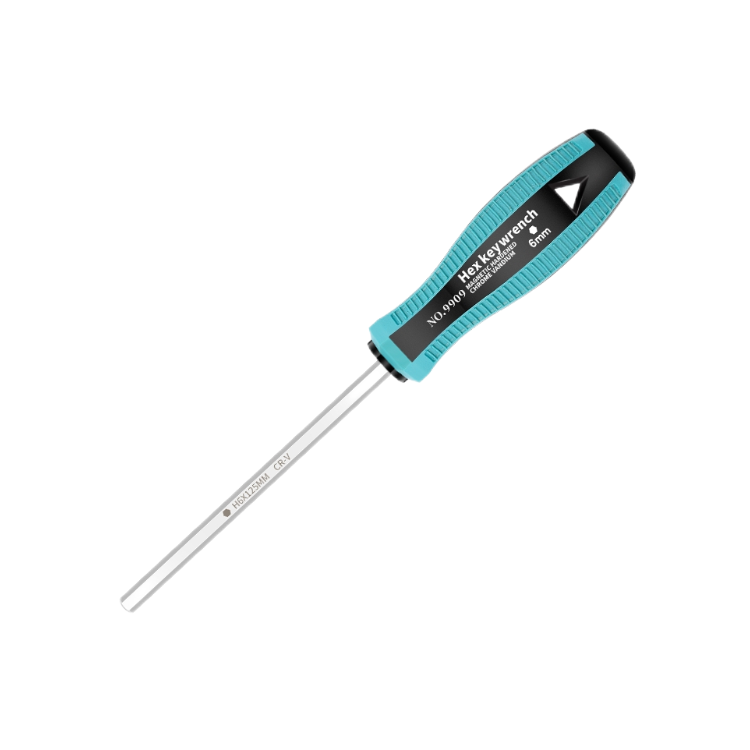
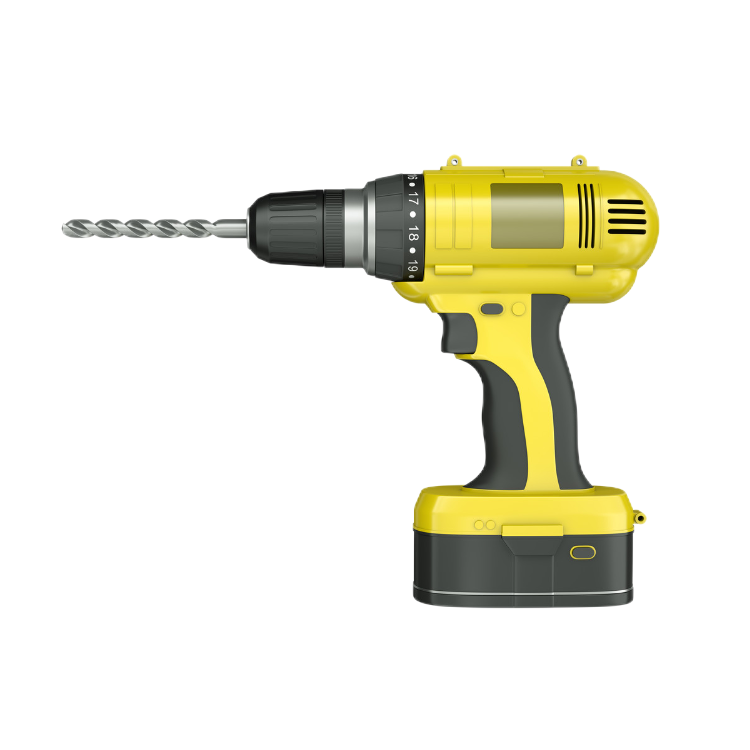
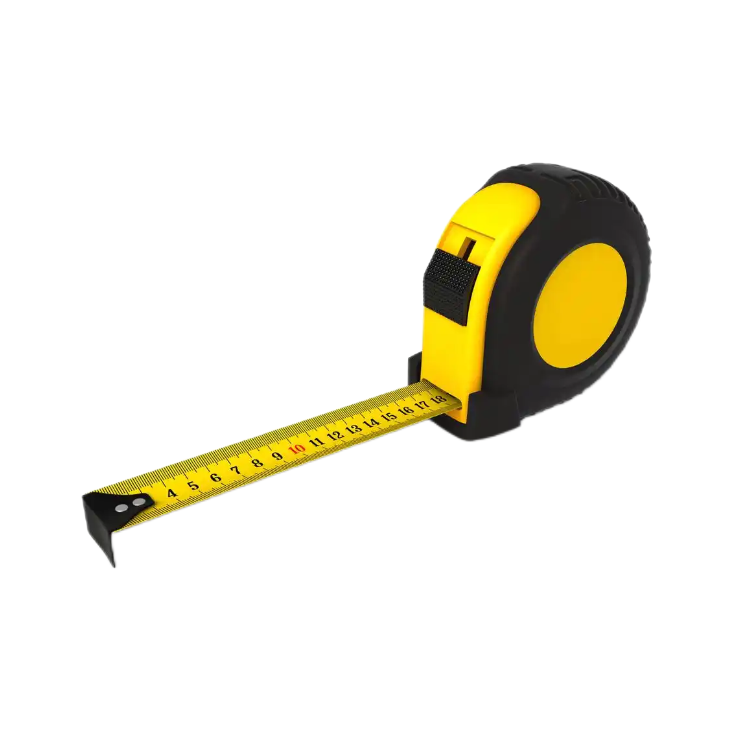
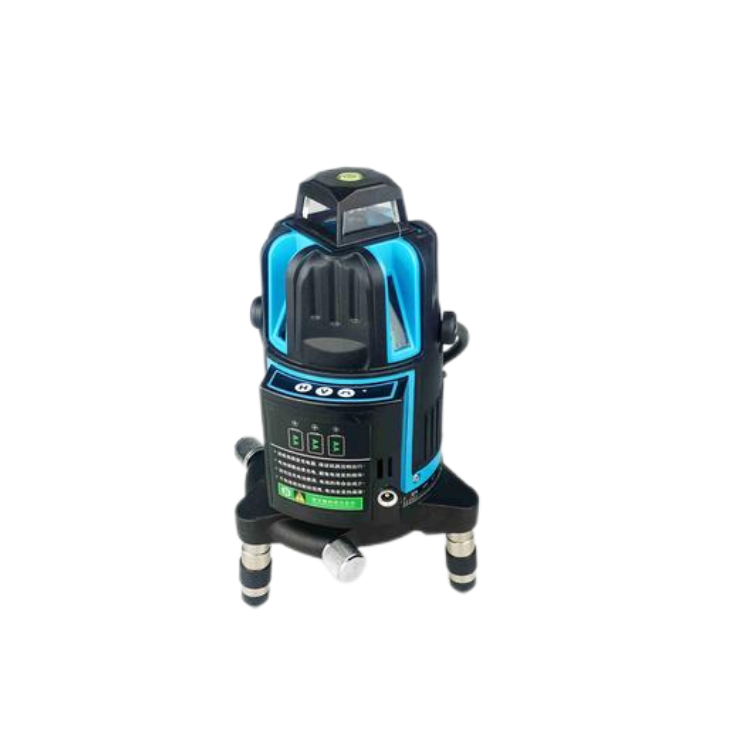
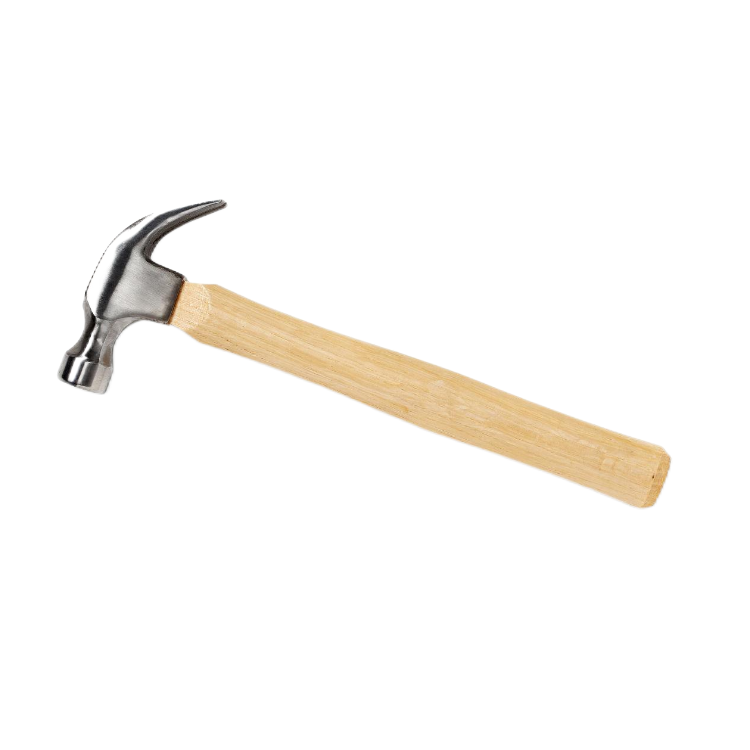
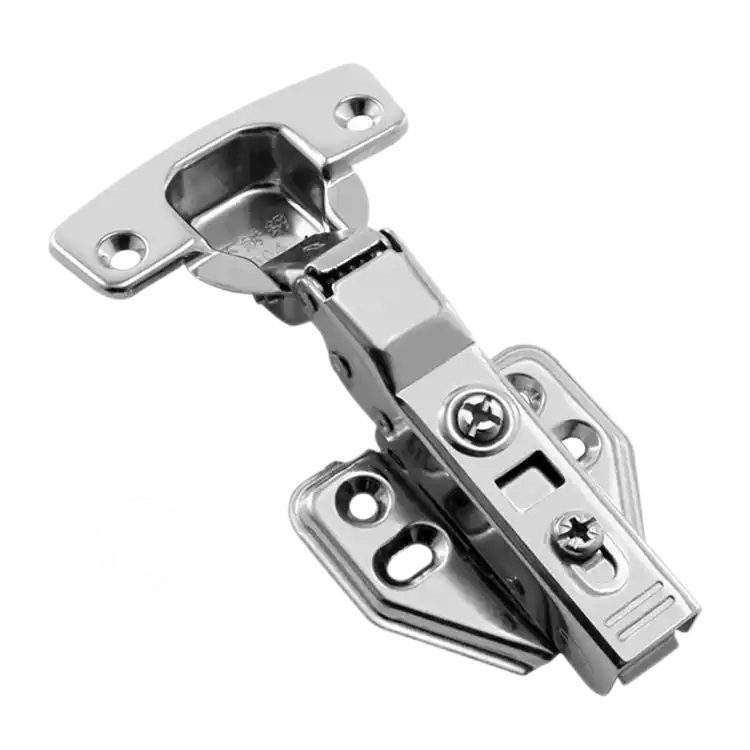
Step 1: Preparation
Measure and mark locations
Use a ruler and pencil to mark the location of the hinges on the door and cabinet. Generally, the hinges should be about 10-15 cm from the top and bottom of the door, but the specific location can be adjusted according to the design of the furniture and the type of hinge.
Determine the installation direction
Soft closing hinges have a certain installation direction, make sure the “soft closing” function of the hinge is facing the correct side when installed. The hinge usually has a part with a cushioning function, which needs to be ensured to be able to contact the side of the cabinet when closing the door.
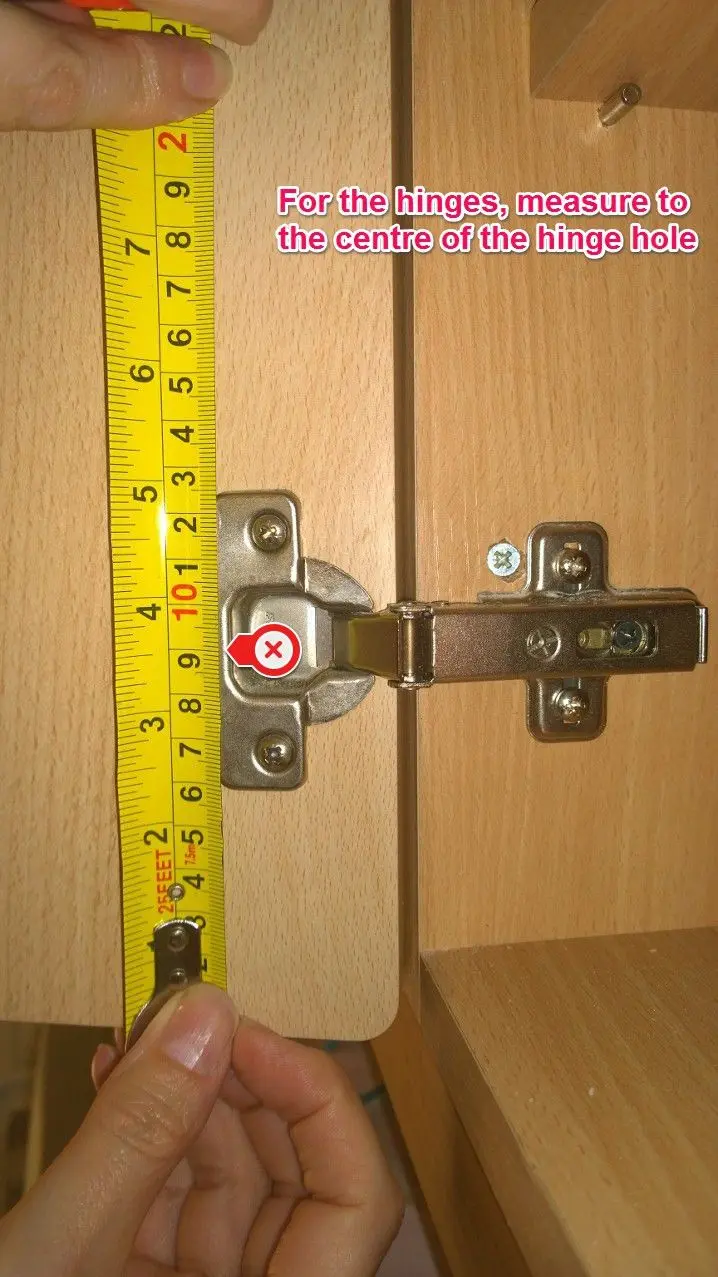
Step 2: Installing Hinges
Punching
If there are no pre-drilled holes on the furniture door panels and cabinets, you can use an electric drill to drill holes according to the installation position of the hinge. When drilling, make sure the position and depth of the holes are accurate so that the hinge can be firmly fixed to the door panel.

Fixed hinge
Align the hinge with the punched holes and install one part of the hinge on the cabinet and the other part on the door panel. Use a screwdriver to screw the screws into the hinge mounting holes, making sure the screws are tight but not too tight to avoid damaging the wood.
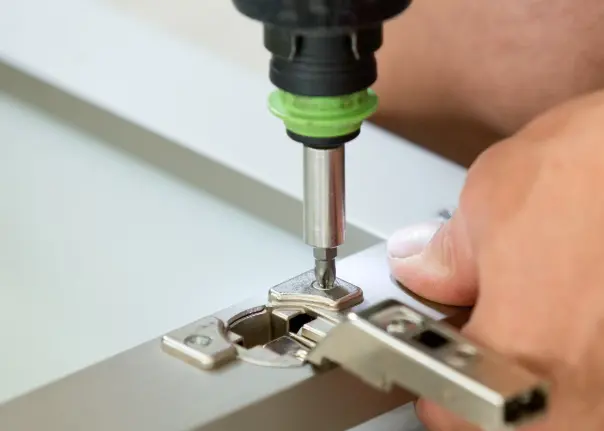
Step 3: Adjust Hinge
Adjust the hinge position
Before the hinge is fixed, gently open and close the door panel to check whether the gap between the door panel and the cabinet is uniform. If any deviation is found, the position of the hinge can be fine-tuned to ensure that the door panel is vertical and balanced.
Adjusting the soft closing function
Many soft close hinges have an adjustable soft close effect. By adjusting the adjustment screw on the hinge, you can change how quickly and how hard the door closes. If you want the door to close more slowly, you can increase the soft close slightly; if you want the door to close a little faster, you can loosen the soft close.
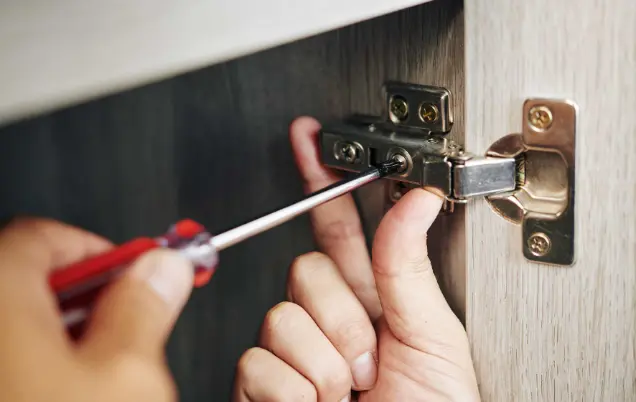
Step 4: Testing and Completion
Test door panel
After installation, check that the soft-close hinges are functioning properly by gently pushing the door shut. The door should close smoothly without any slamming or uneven closing.
Trimming and cleaning
Check that all screws are tight and that the hinges are not loose. Once the hinges are in place, clean the installation area and make sure there are no scratches or damage to the door or cabinet surfaces.
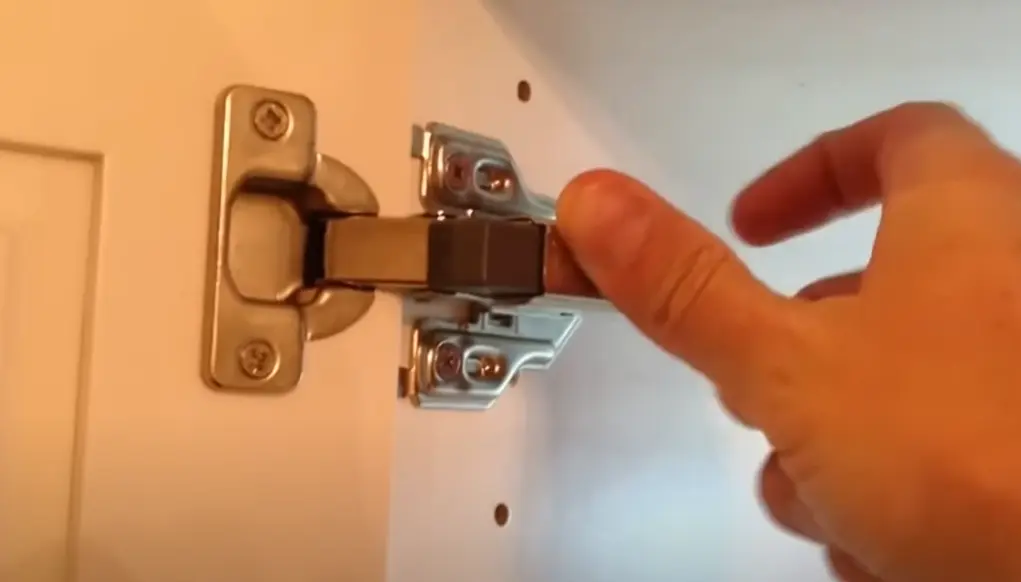
Tips
- Choose the proper soft-close hinge: There are many types of soft-close hinges on the market. Choosing a suitable model can better guarantee usage. For example, the models suited for different door thicknesses will also be different.
- Pay attention to the angle: In the process of installing the hinge, the correct angle should be kept to ensure smooth opening and closing of the door without any resistance during closing.
- Using a woodworking clamp: if the door is not easy to be fixed up during the installation process, you can use a woodworking clamp to fix the door and the cabinet to help in precise installation.

Summary
Although installing soft-closing hinges requires a certain amount of patience and skill, as long as you follow the correct steps, you can easily install this modern and convenient accessory on your furniture.

